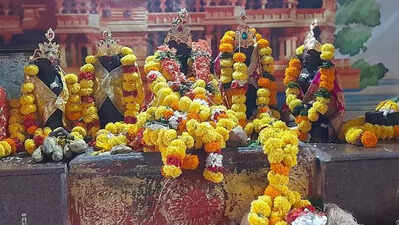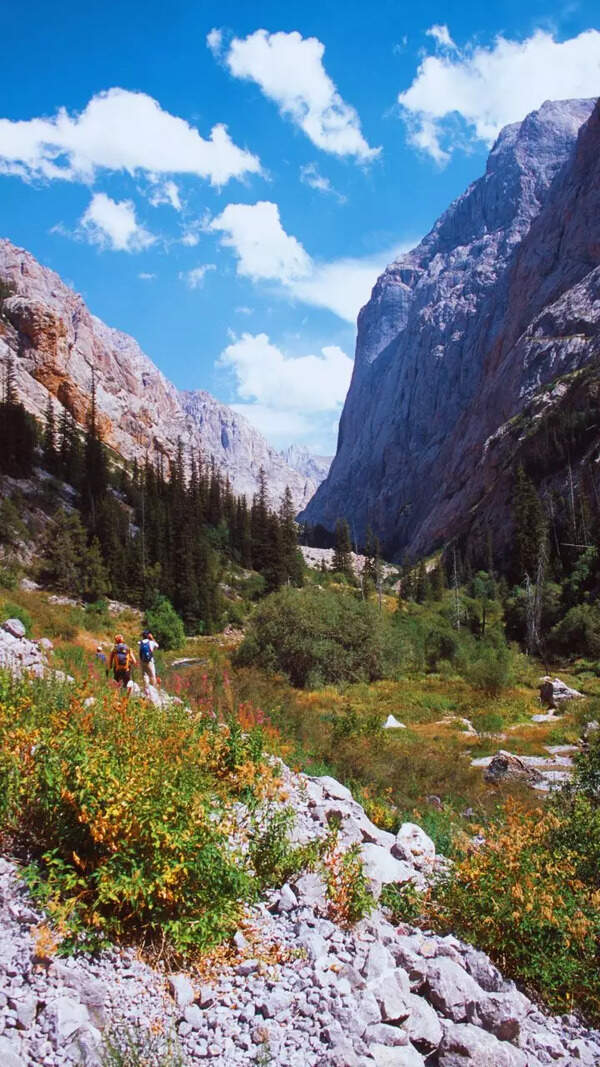Trending
Ram Navami takes Goans to medieval-period temple
Keri: On the Ram Navami festival on Sunday, a multitude of Goans thronged the Shriram temple at Mulas in Dodamarg of Maharashtra, a pilgrimage that generations of Goa devotees have undertaken as a sanctified ritual.
The temple, located on the foothills of the Western Ghats, is rooted in mythology and the history of the medieval period.
Every year, crowds of faithful from Goa also pray at the Ramling temple of Waghotre, which is nestled amidst the forest that was connected to the ancient gateway to Goa and Konkan areas.
Traders and merchants from distant lands once used waterways to reach Dodamarg, which etymologically in Kannada means ‘the big road’. The passage offered a link to Kolhapur, Bijapur, and other erstwhile princely states of the upper region of the area.
Vithal Krishna Gawas from Hevale, just inside the Maharashtra border, said that Ram Navami has been celebrated at Mulas since the hoary past. Devotees visit this temple to worship stone sculptures of several deities including Lord Ram, Goddess Sita, and Lord Hanuman.
In the past, travellers and merchants sought the blessings of Lord Ram and trekked on the jungle road from Mulas to reach Waghotre where they drank water from a sacred well and rested.
According to a local legend, during his ‘vanvas’, Lord Ram had installed a Shivling on the ghat way and took its blessings before proceeding to the Goa-Konkan zone.
After the rainy season, travellers and merchants — from as far as the coast of Vengurla in Goa — took the Ramghat route to ferry their goods and commodities on bullock carts, horses, and bulls.
For them, the temple of Lord Ram at Mulas and the Ramling at Waghotre were pious landmarks.
End of Article
Follow Us On Social Media









